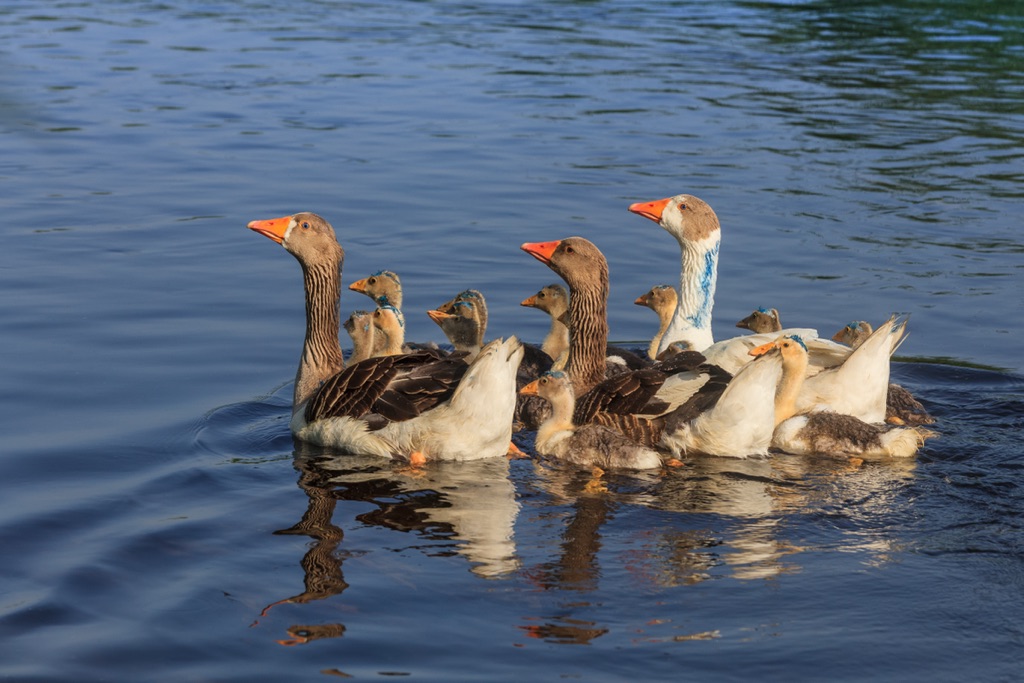Introduction: Geese are often seen as mundane creatures, their frequent presence making them easy to overlook. Yet, these birds, particularly the Canada goose, offer fascinating insights into bird behavior, migration, and adaptability. From their chaotic groupings in late autumn to their perfectly organized V-shaped migrations, geese are far from ordinary.
The Beauty of Migration: As autumn arrives, geese begin gathering in chaotic groups, seemingly disorganized. However, this messiness is just the start of something remarkable. Over time, their groups become more structured, and the geese form the iconic V-shape, with one lead goose creating an efficient flight pattern for the others. This drafting technique helps conserve energy, with geese taking turns at the front, allowing each to rest during the journey. Their ability to transition from disorder to such precision is a marvel of nature.
The Types of Geese: While the Canada goose is the most common in North America, there are several other species worth noting. The cackling goose, for example, is smaller with a shorter neck. Its resemblance to the Canada goose can confuse even seasoned bird watchers. Then there’s the greater white-fronted goose, a species with orange feet and a lighter color that migrates through the Arctic Circle. These differences show the diversity within a family of birds often thought to be uniform.
A Closer Look at Behavior: Geese are incredibly protective of their young, known as goslings. Both male and female geese raise their young together, showing them how to swim and forage. Interestingly, geese families sometimes merge, creating large groups of goslings being cared for by just one or two pairs of adults. This collective care highlights the community-like nature of geese. Moreover, their imprinting behavior ensures goslings learn from their parents, though there have been cases of goslings imprinting on humans or even dogs.
Adaptations for Survival: Geese are well-adapted to survive in various environments. Their webbed feet make them excellent swimmers, while their long necks help them dip into water to find food without diving. They also molt all their feathers at once, rendering them flightless for about 40 days during the summer. This adaptation is crucial for their long migrations, as fresh feathers give them the endurance needed for their journeys.
The Role of Geese in Ecosystems: Geese play an important role in their ecosystems. They prefer marshlands and open water, where they dominate smaller birds like ducks. Their grazing habits can impact farmlands, which has led to conflicts with farmers. However, when marshlands are restored, geese often return to their preferred habitats, reducing pressure on agricultural lands.
Final Thoughts: Geese may seem noisy and unremarkable, but they are vital to their ecosystems and offer unique insights into migration and family dynamics. Their resilience and adaptability make them a species worth appreciating. So next time you see a flock of geese, take a moment to observe their behavior—you might just learn something new.

